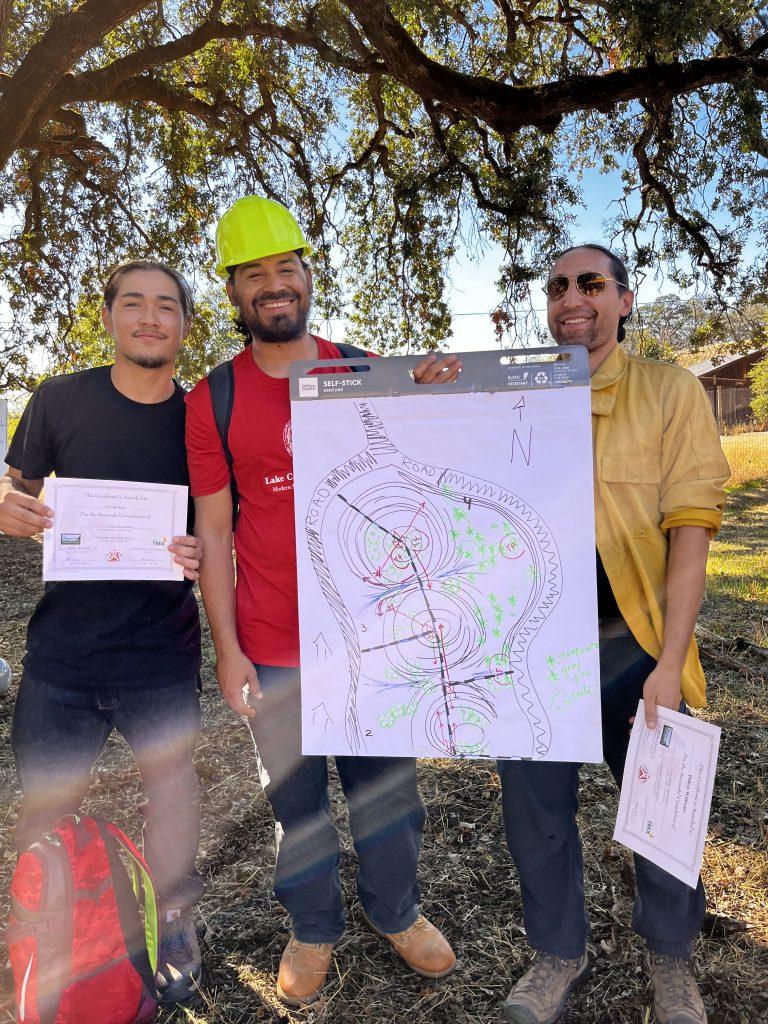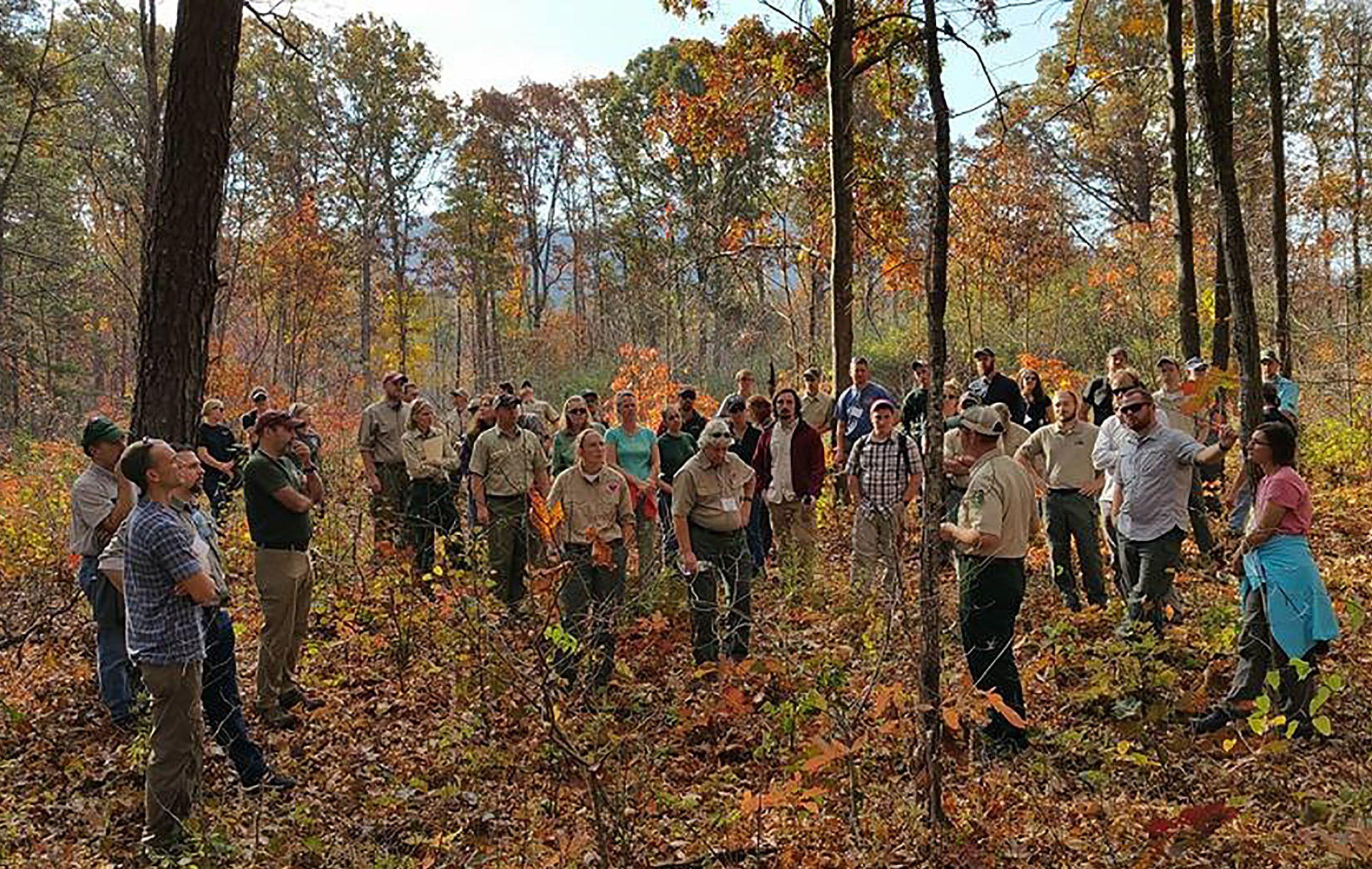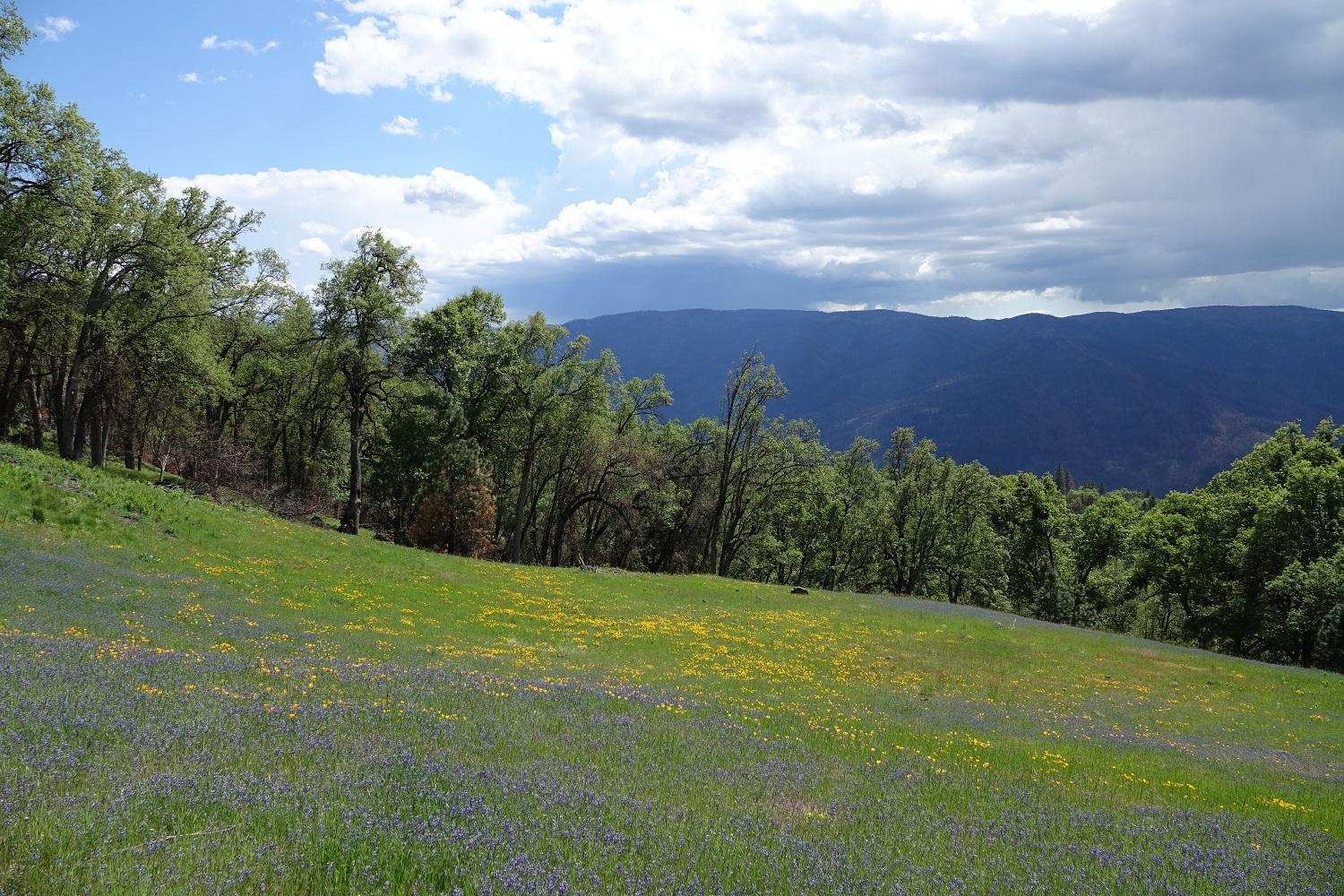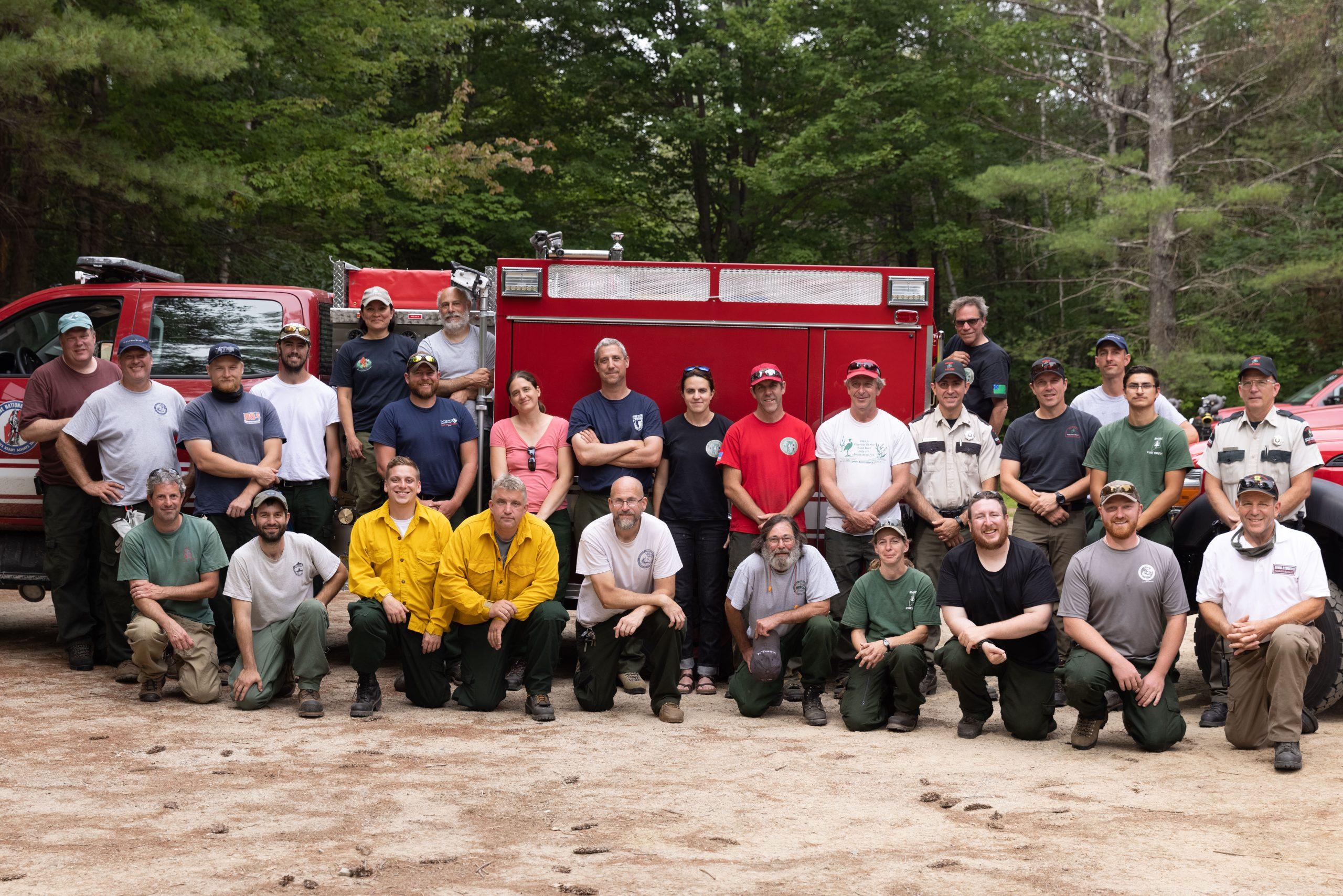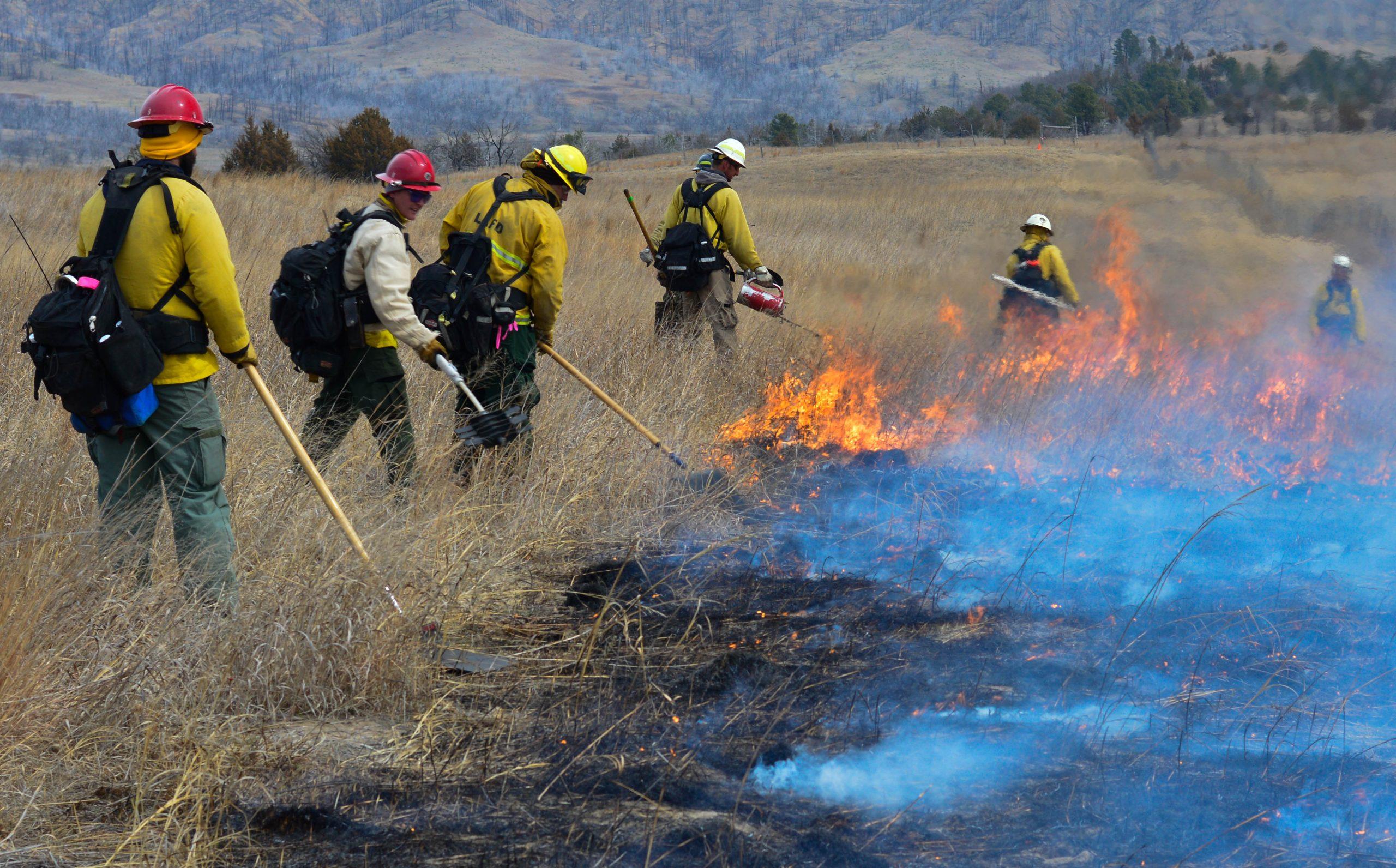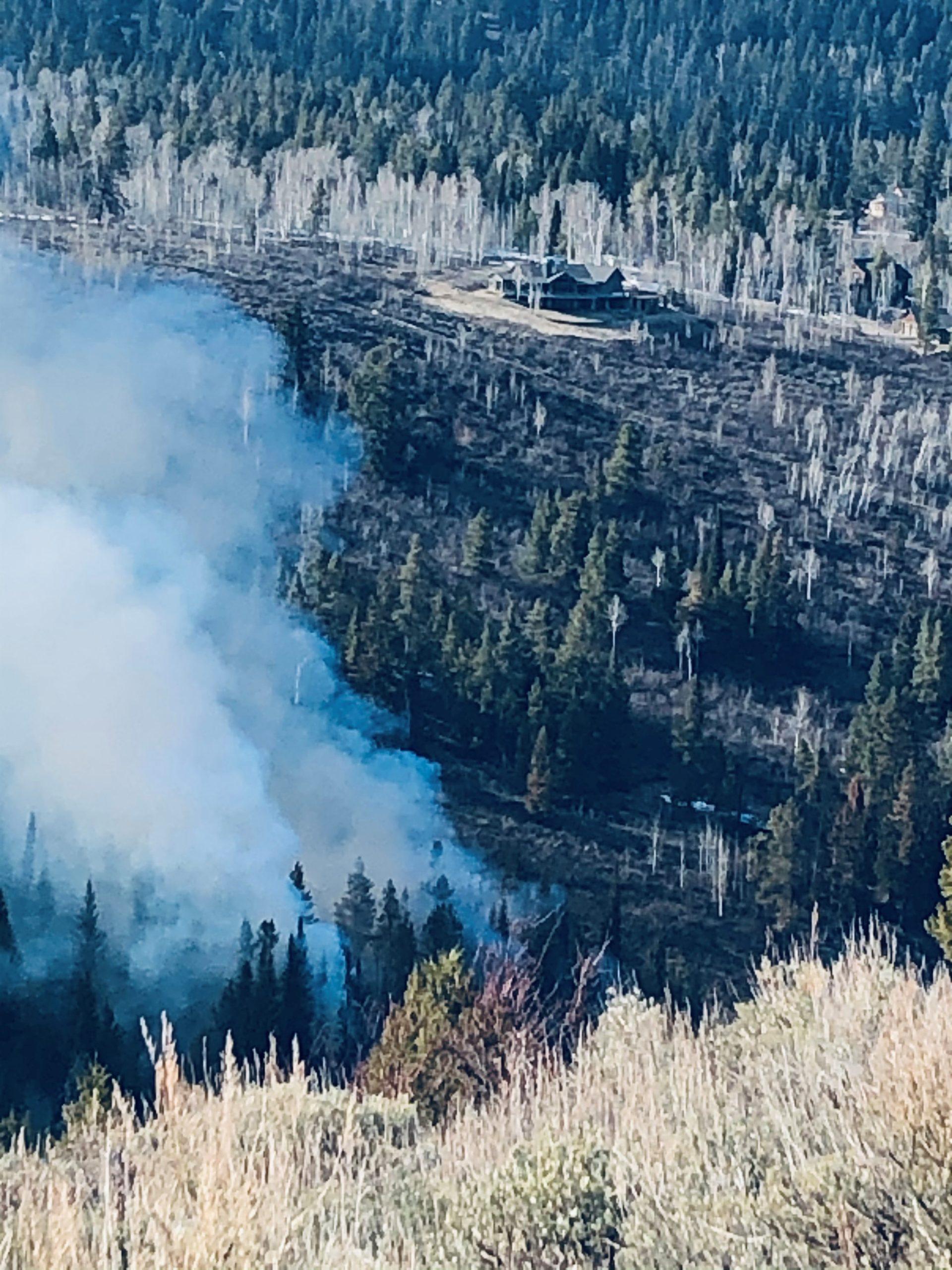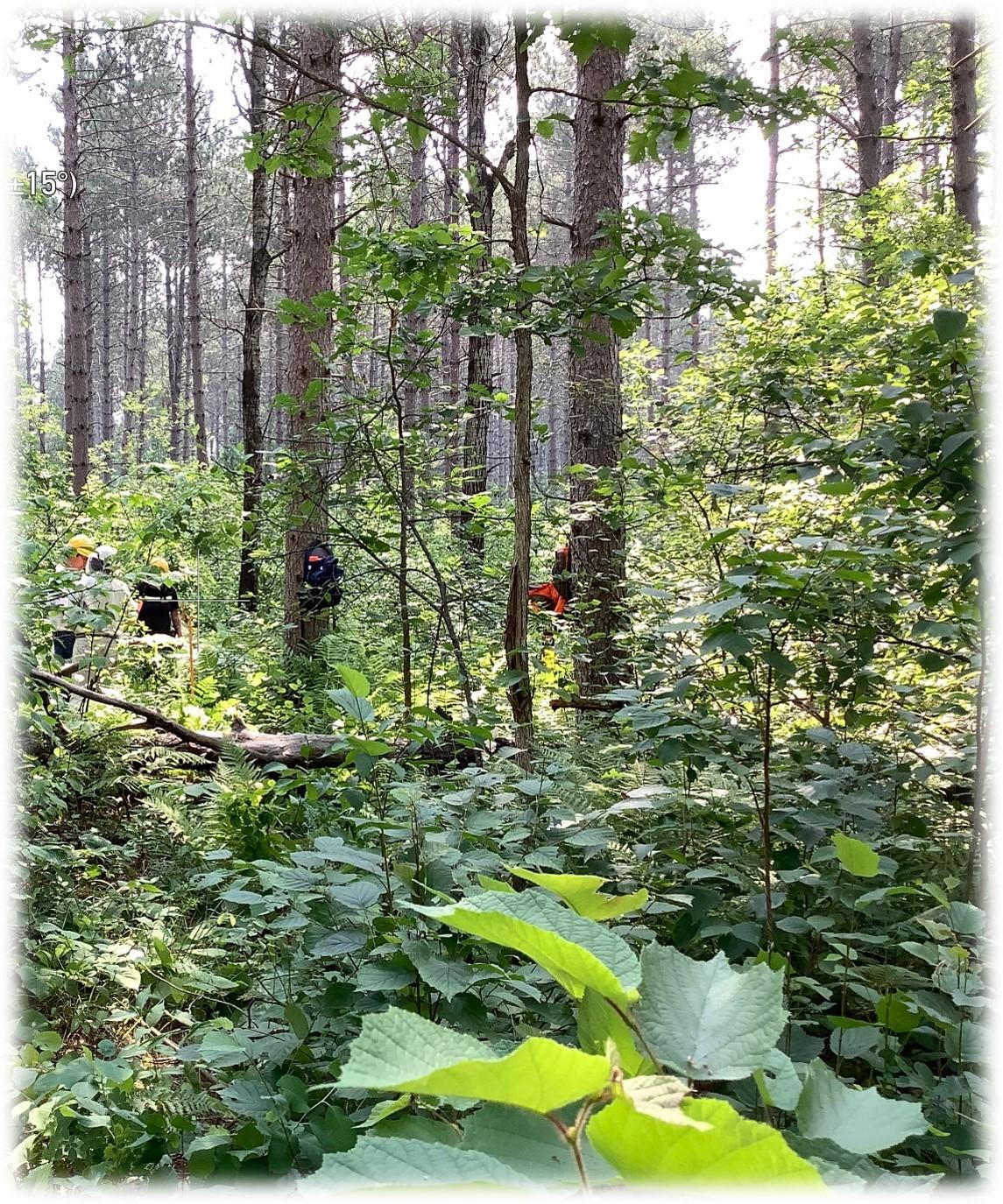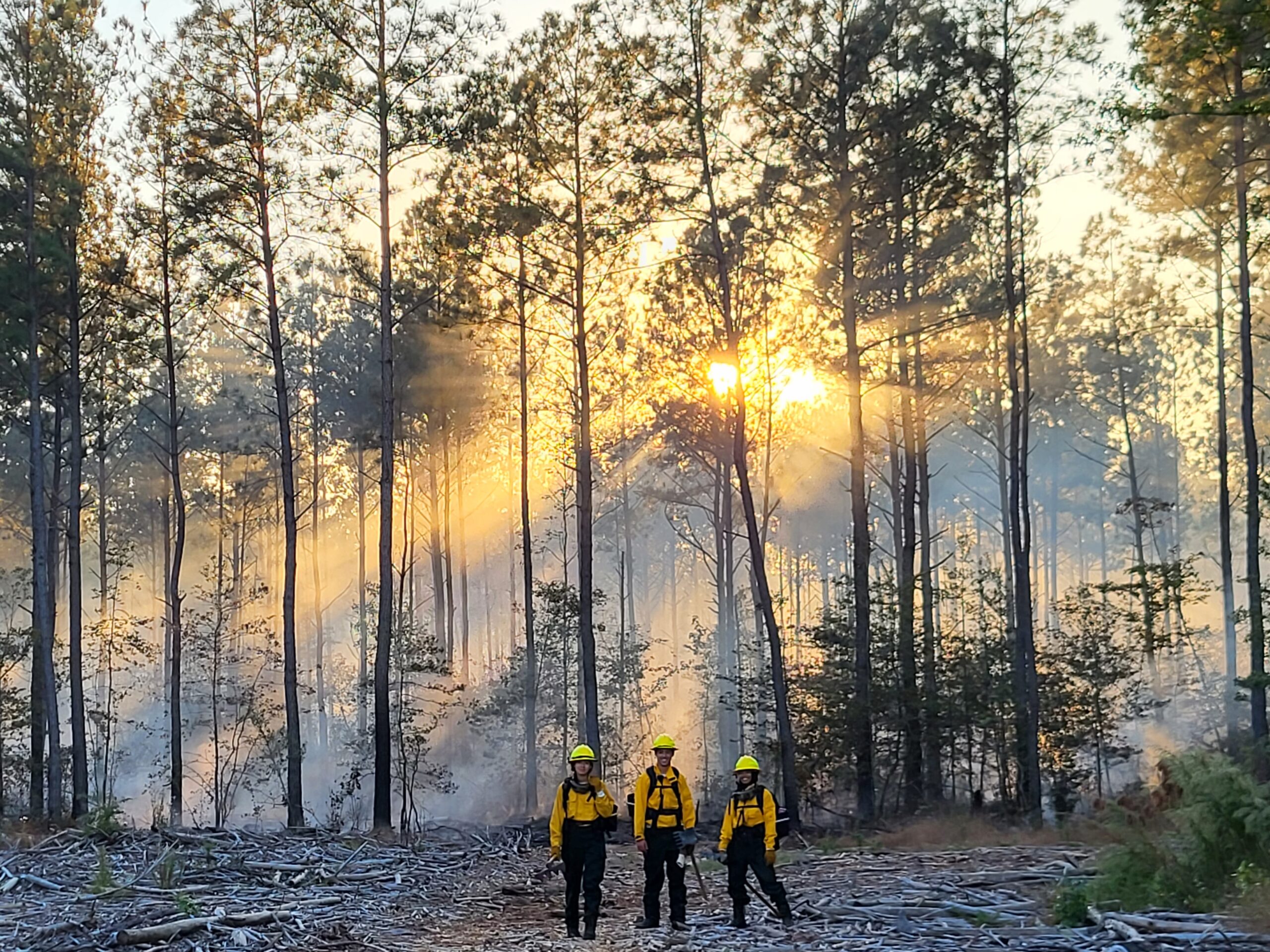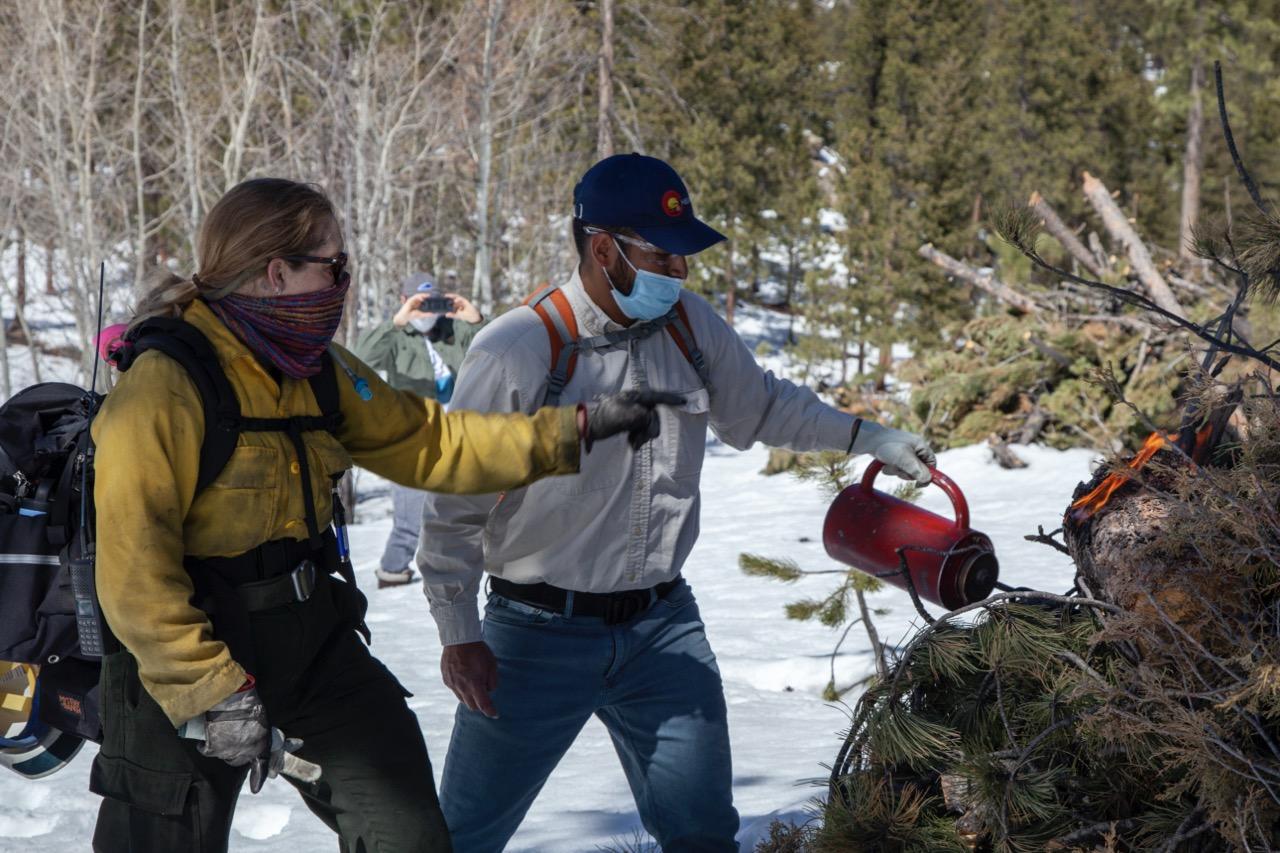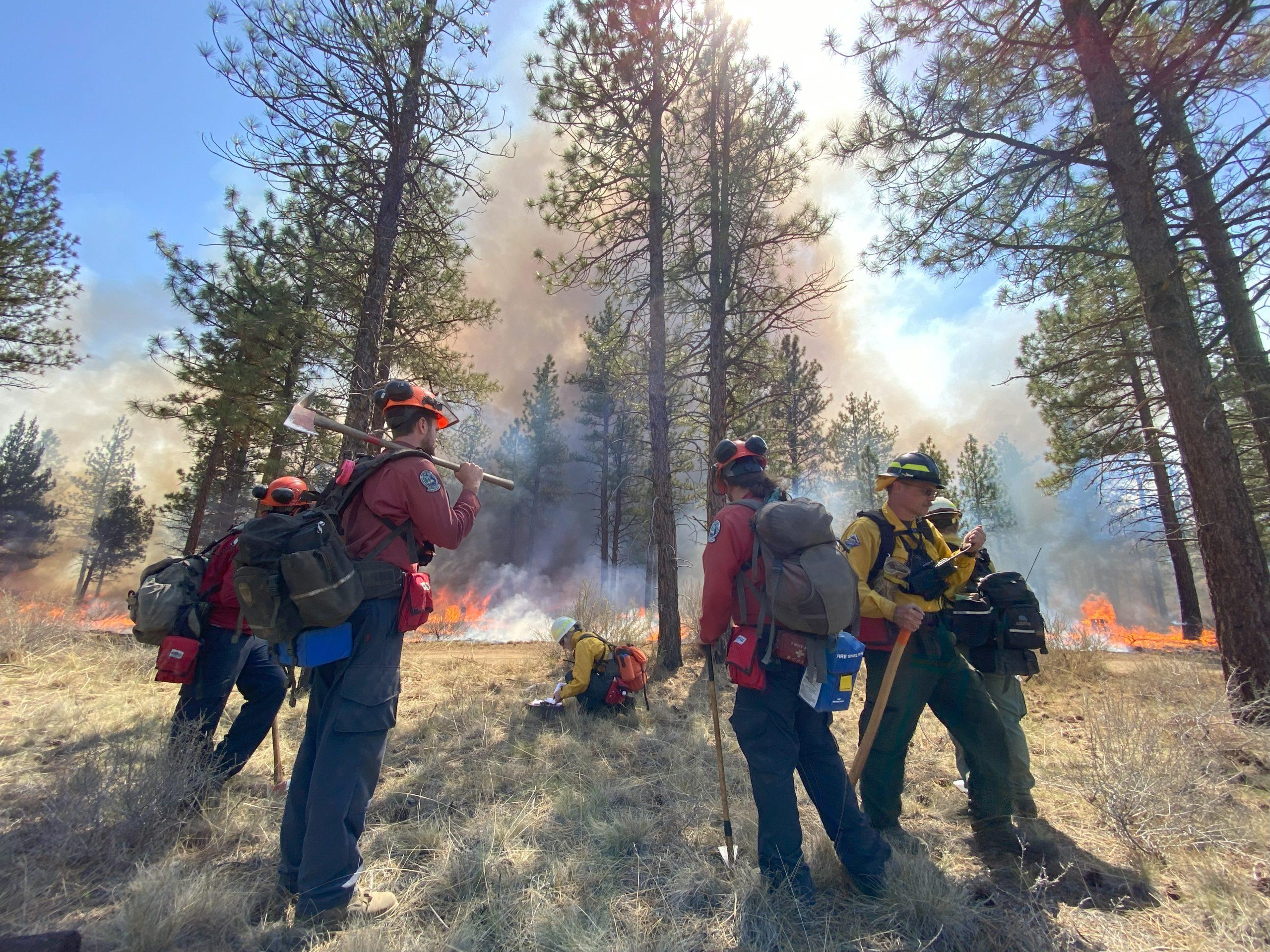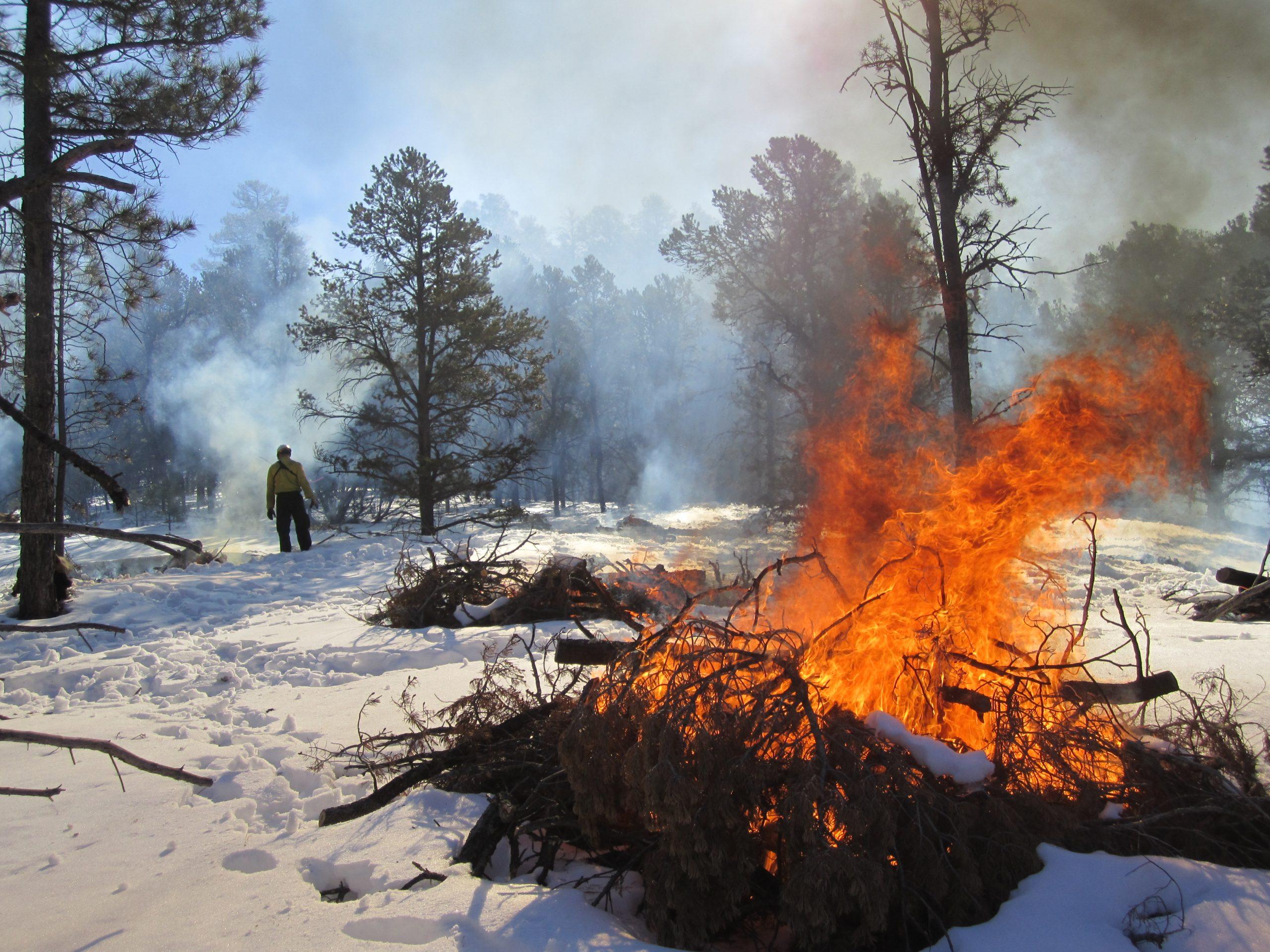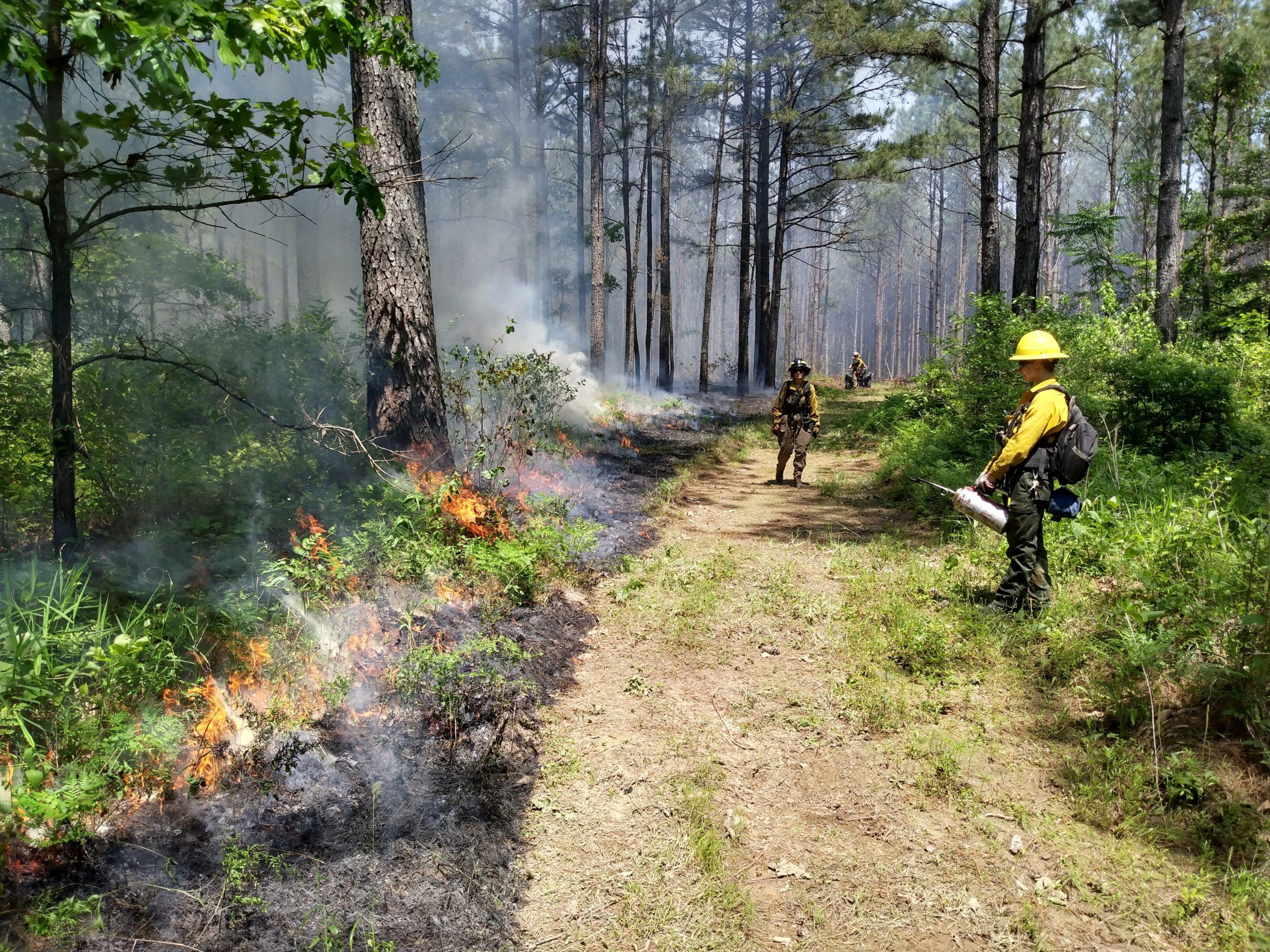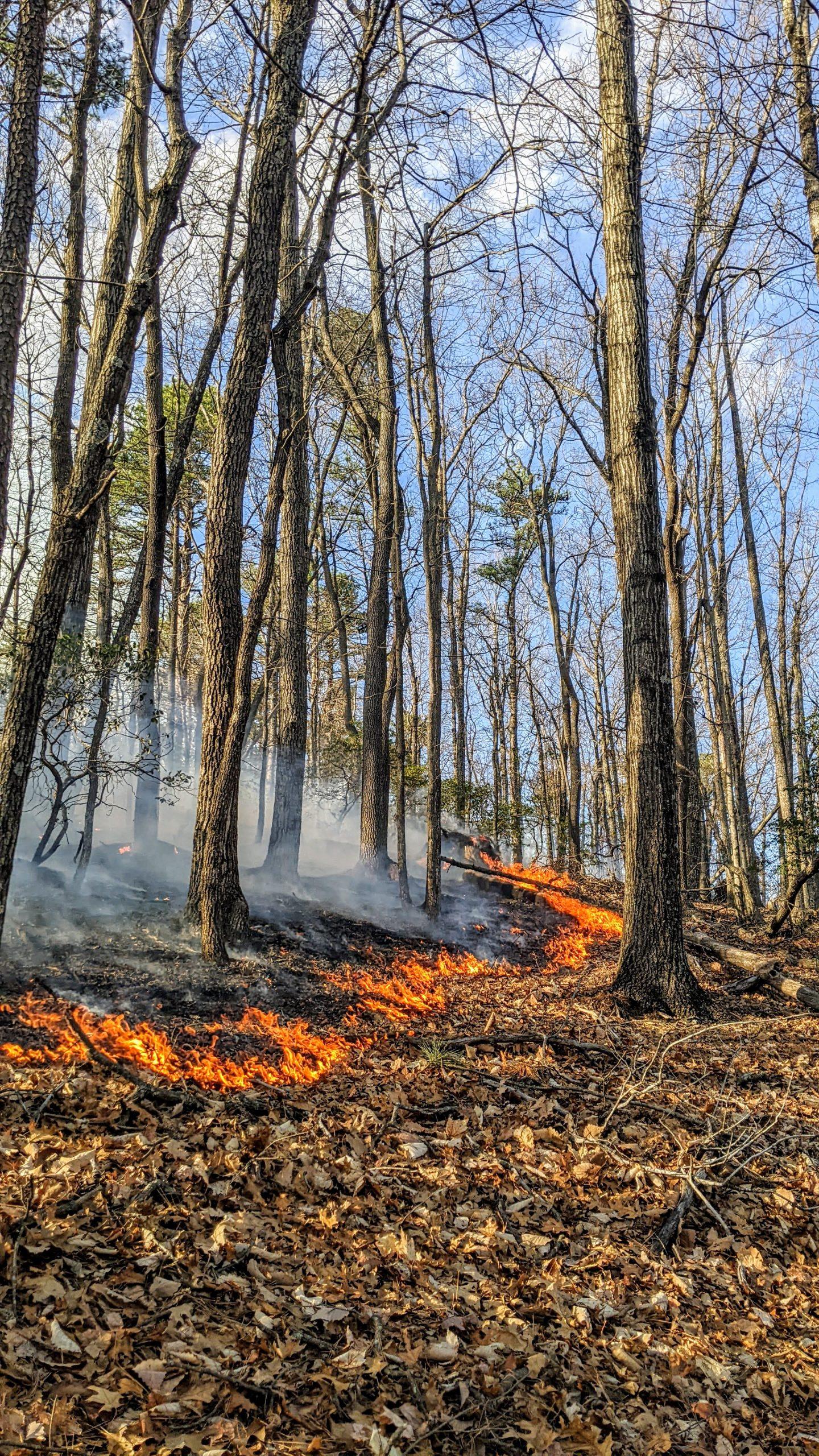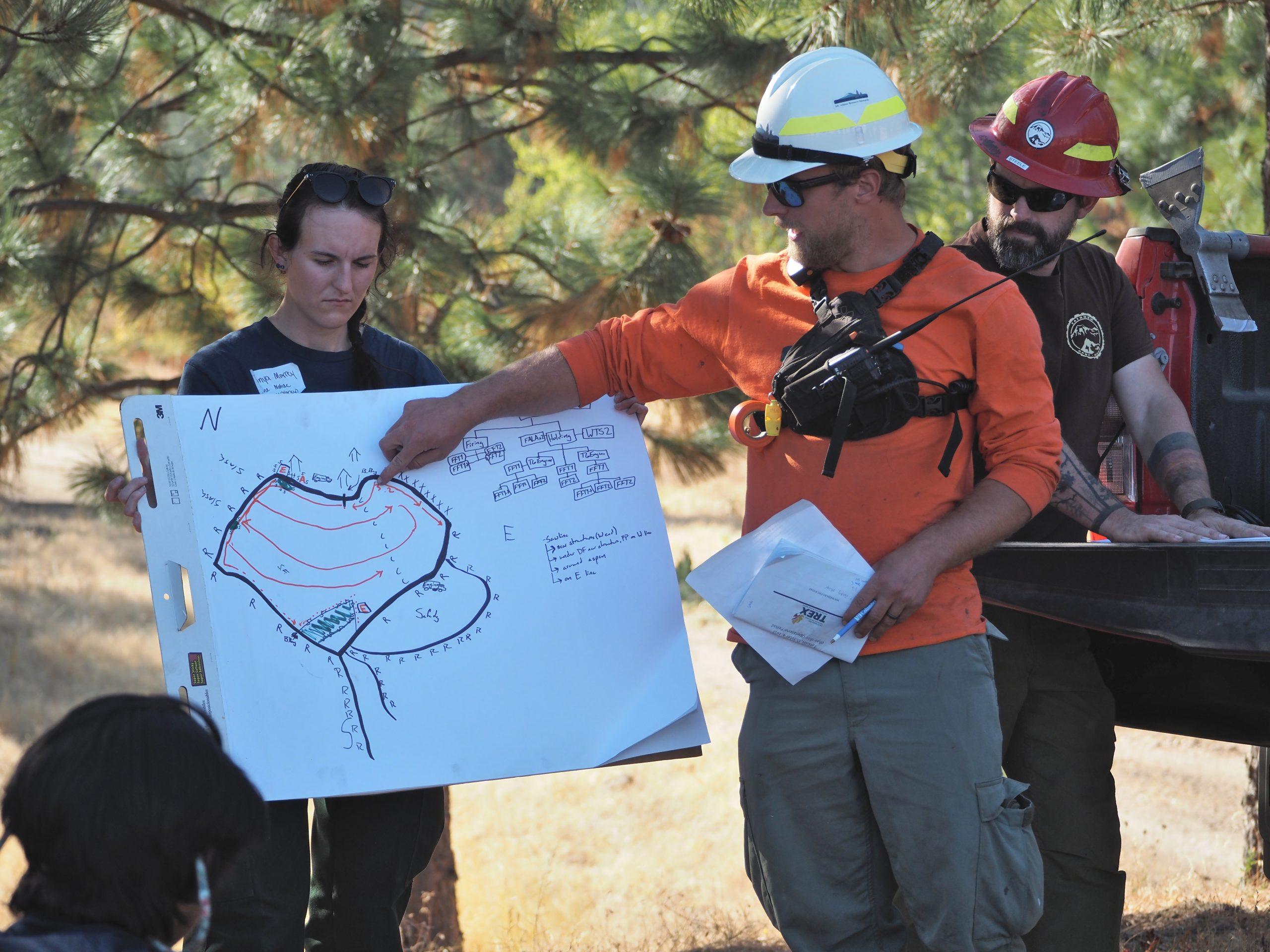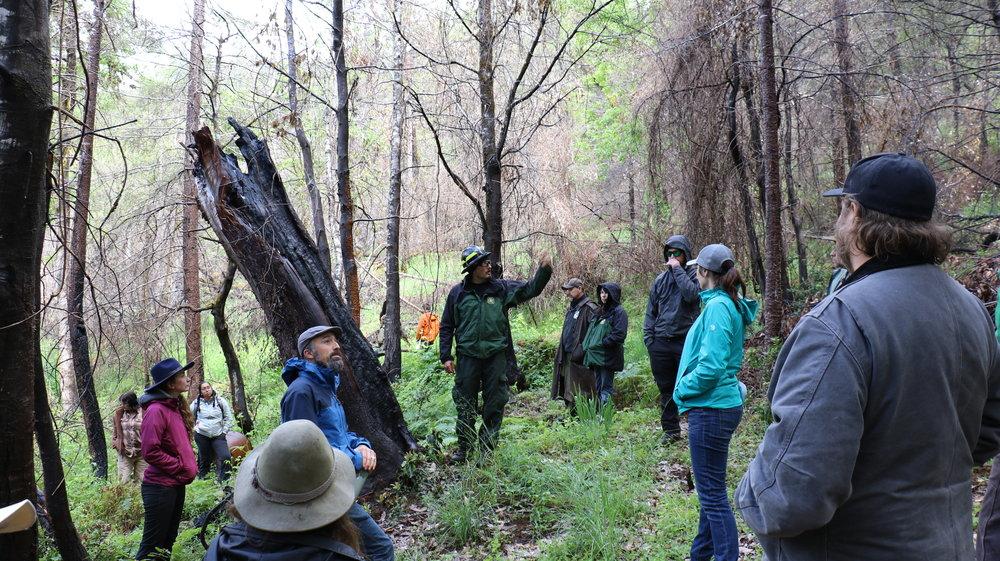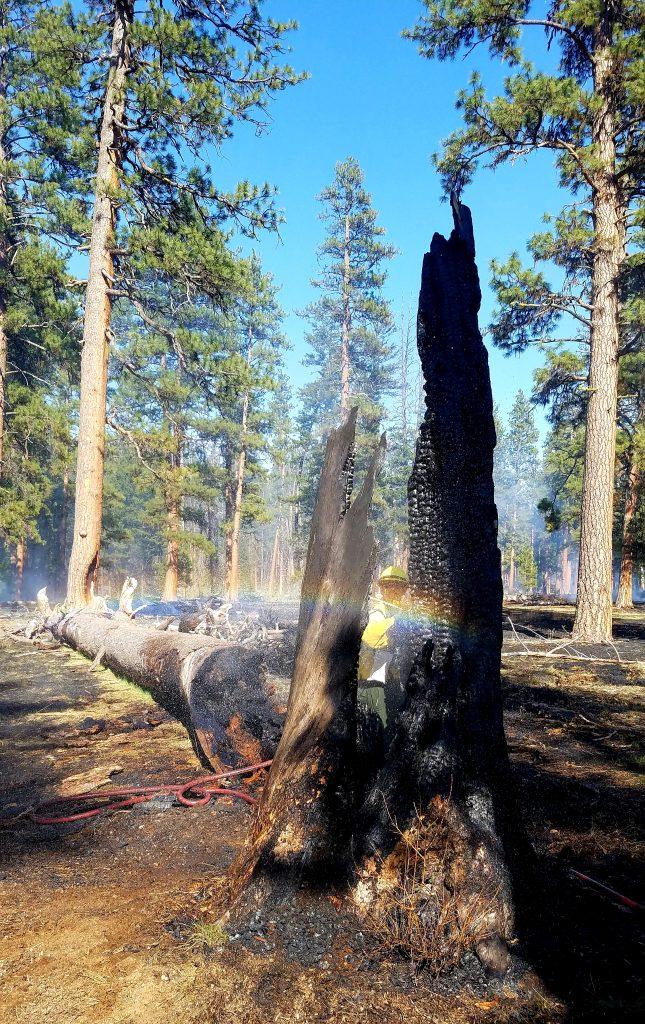
Southern Blue Ridge FLN Past Workshops

Each year the Southern Blue Ridge FLN sponsors a free workshop that provides members an opportunity to learn from and engage with peers. This page provides archived information from past workshops.
Past Workshops
Workshop 19 (2025)
Recordings:
Day 1 (Tuesday, May 20th)
Passcode: vD^G8c5r
Day 2 (Thursday May 22nd)
Passcode: m3=f%g&&
Power point presentations are shared in this folder with permission of the speakers.
Workshop 18 (2024)
Due to technical difficulties, we weren’t able to record all of the presentations. We will continue to improve in this area at future workshops. Here are presentation videos on Dropbox:
Tuesday, May 21
Breeding Bird Response to Wildfire Burn Severity in the Southern Appalachians, Katie Greenberg
Tennessee Valley Authority Restoration Work, RJ Moore
Communicating Fire, SBR FLN Comms Team
Appalachian Prescribed Fire Dashboard, Kristen Austin and David Fox
Thursday, May 23
USFS Bat Conservation Strategy, Jay Garcia
Wildfire Restoration Efforts Around the Smokies, Michaele Bloodsworth
Smoke and New EPA Regulations, Melanie Pitrolo and Kelly Cagle
Climate-informed Forestry- Update from the Southern Blue Ridge Escarpment, Greg Cooper
Fire Effects in Fens and Bogs, Adam Warwick
Fuels Treatment Effectiveness Monitoring, Beth Buchanan
Workshop 17 (2023)
Workshop 16 (2022)
In May 2022, Southern Blue Ridge Fire Learning Network & Consortium of Appalachian Fire Managers and Scientists
jointly hosted 4 days of management and research outcomes since the Fall 2016 wildfires.
*Presentation Recordings now available on the CAFMS YouTube channel.
Workshop 15 (2021)
Workshop 14 (2019)
Workshop 13 (2018)
Workshop 12 (2017)
Held May 16.17.18 Hiawassee, GA
Lesson Learned from the 2016 Fires and Next Steps to Advance Resilient Landscapes and Communities.
Read a Fire Networks blog post about the workshop here.
Speakers and presentations
County Commissioner Cliff Bradshaw, Towns County, GA
Mike Brod and Brian Schaffler, US Forest Service
Cherokee Foothills Joint Chiefs’ Project: All Lands
Margit Bucher, The Nature Conservancy
Welcome and Introduction to the SBR FLN
Peter Caldwell, US Forest Service – Southern Research Station
The Relationship between Mesophication and Water Yield
Mike Davis, US Forest Service
Case Study 3: Rock Mountain Fire
Don Hagan, Clemson University; Pete Bates, Western Carolina University
Monitoring and meta-analysis of SBR FLN monitoring data
Marsha Elliot, Towns County Fire Adapted Communities Citizens Coalition
Jeff Gardner, US Forest Service
Case Study 2: Rough Ridge Wildfire
Mayor Adrea Gibby, City of Young Harris
Betty Jewett, US Forest Service
Welcome to the Georgia Blue Ridge Landscape
Rob Klein, National Park Service
Ecological Effects of Wildfire in the Great Smokey Mountains National Park
Charles Lafon, Texas A&M University
Synthesis of Appalachian Fire History
Helen Mohr, Consortium of Appalachian Fire Managers and Scientists (CAFMS)
CAFMS’ Role in the Upcoming 2016 Wildfire Research
Tony Tooke, US Forest Service
Regional Forester’s Perspective on recent fires: Fire Management in the Southern Area
Jim M. Vose, US Forest Service – Southern Research Station
Building Resilient Forests: Implications for Conservation and Management
Workshop 11 (2016)
Held 2016 May 17.18.19
Johnson City, TN
Building More Resilient Landscapes with Community Support
Speakers and presentations
Peter Bates, Western Carolina University
Fire Effects Monitoring: The SBR FLN Monitoring Program
Beth Buchanan, US Forest Service
Adaptive Management – Fire Effects Monitoring across the Appalachians
Margit Bucher, The Nature Conservancy
Welcome and Introduction to Workshop 11
The Fire Implementation Challenge – Building Capacity
Jen Bunty, Consortium of Fire Managers and Scientists (CAFMS)
The Fire Learning Trail
Mike Davis, USDA Forest Service
Fire Learning Network and Fire Adapted Communities (FLN and FAC)
Michael Denman, Department of Geography,Texas A&M
Lightning Ignited fires in the Grandfather Ranger District, North Carolina
Wendy Fulks, The Nature Conservancy
The Fire Learning Network
Bill Jackson, USDA Forest Service
Evaluating Smoke Impacts on Scenic Views: A USDA Forest Service Perspective
Thomas Jenkins, USDA Forest Service, Cherokee National Forest
Overview of Cherokee National Forest Fire Program
Josh Kelly, MountainTrue
Ecomath 2.0: An inclusive method for ecological fire prioritization in the Southern Blue Ridge Province.
Ecomath for the North Zone of Cherokee National Forest: A Randomized Approach to Determining Forest-Wide Fire Priorities Based on Ecological Factors.
Tara Keyser, USDA Forest Service, Southern Research Station
Ecological effects of prescribed burning in Appalachian hardwood forests
Rob Klein, USDI National Park Service
Overview of the Great Smoky Mountains
The Role of Monitoring in Fire Management at Great Smoky Mountains National Park
Markus Le, Nicholas School of the Environment, Duke University
Bob Lewis, USDA Forest Service, Cherokee National Forest
Cherokee National Forest Prescribed Fire Monitoring
Jean Lorbor, The Nature Conservancy
Fire Effects Monitoring on the George Washington/Jefferson National Forest and Strategies for Analyzing Monitoring Data
Katherine Medlock, The Nature Conservancy
Goal Setting and Collaboration with Stakeholders
Facilitation Training
FLN Stories from the Field: eCAP Helps Stakeholder Zero in on Restoration
Helen Mohr, Consortium of Fire Managers and Scientists (CAFMS)
Jim Renfro, National Park Service
Overview of Air Quality Issues at Great Smokey Mountains National Park
Jason Rodrigue, USDA Forest Service
Shortleaf Pine Management: Lessons Learned
Literature and Sources of Information on Shortleaf Pine Communities
Greg Salansky, USDI National Park Service
National Park Service Zone Management and its Implications for the SBR FLN
Time Lapse of Arbutus Fire
Highlights:
Landscape Leads:
- High Country: Josh Mcintyre
- South Mountains: Andrew Slack
- South Mountains: Brandon Bridges
- Southern Blue Ridge Escarpment: Devin Yeatman
- Southern Blue Ridge Escarpment: Helen Mohr
- Great Smoky & Unaka Mountains: Chris Wilson
- Great Smoky & Unaka Mountains: Bryan Kerns
- Nantahala & Balsam Mountains: Adam Warwick
- Southern Cherokee: Vacant


